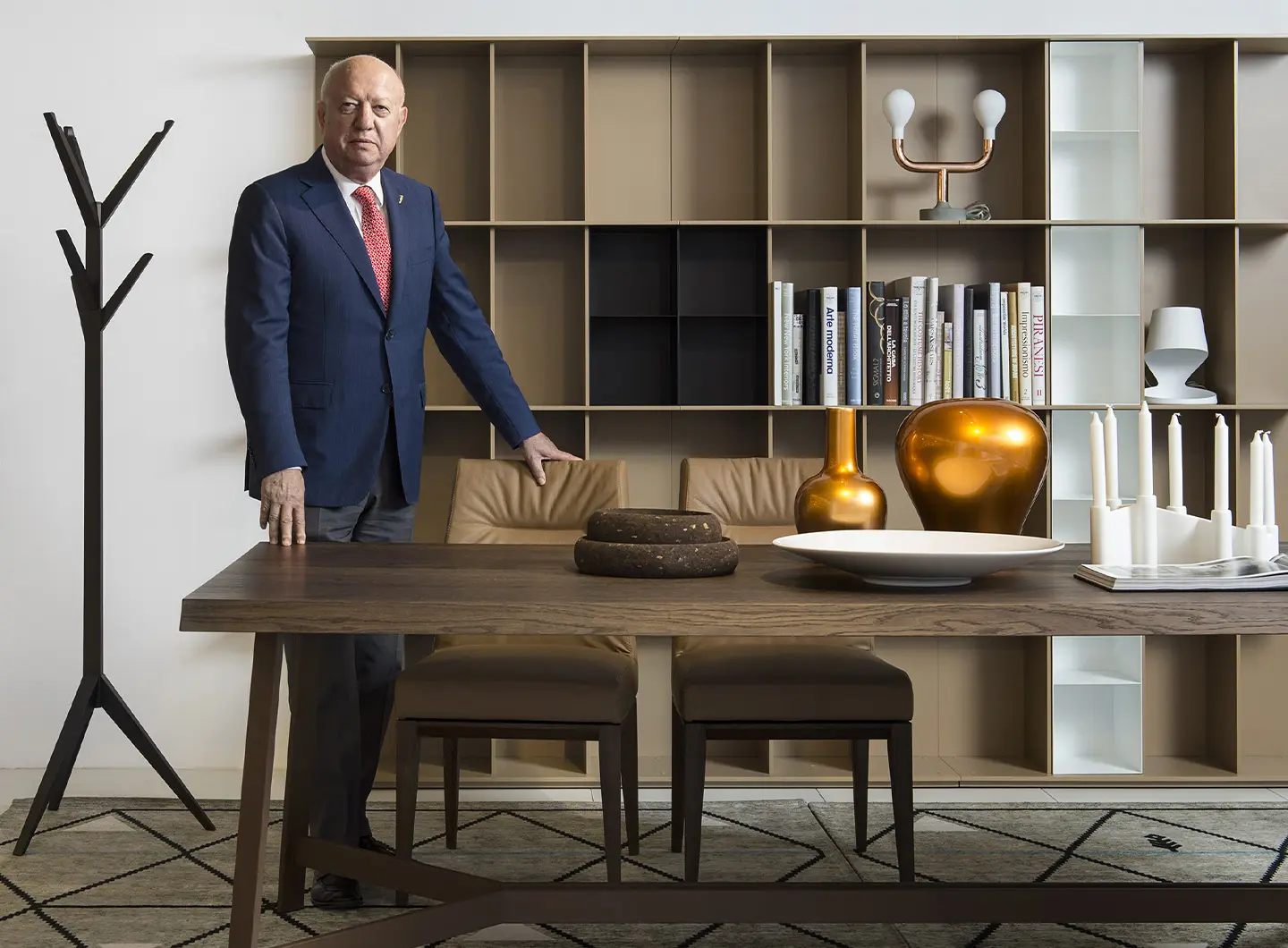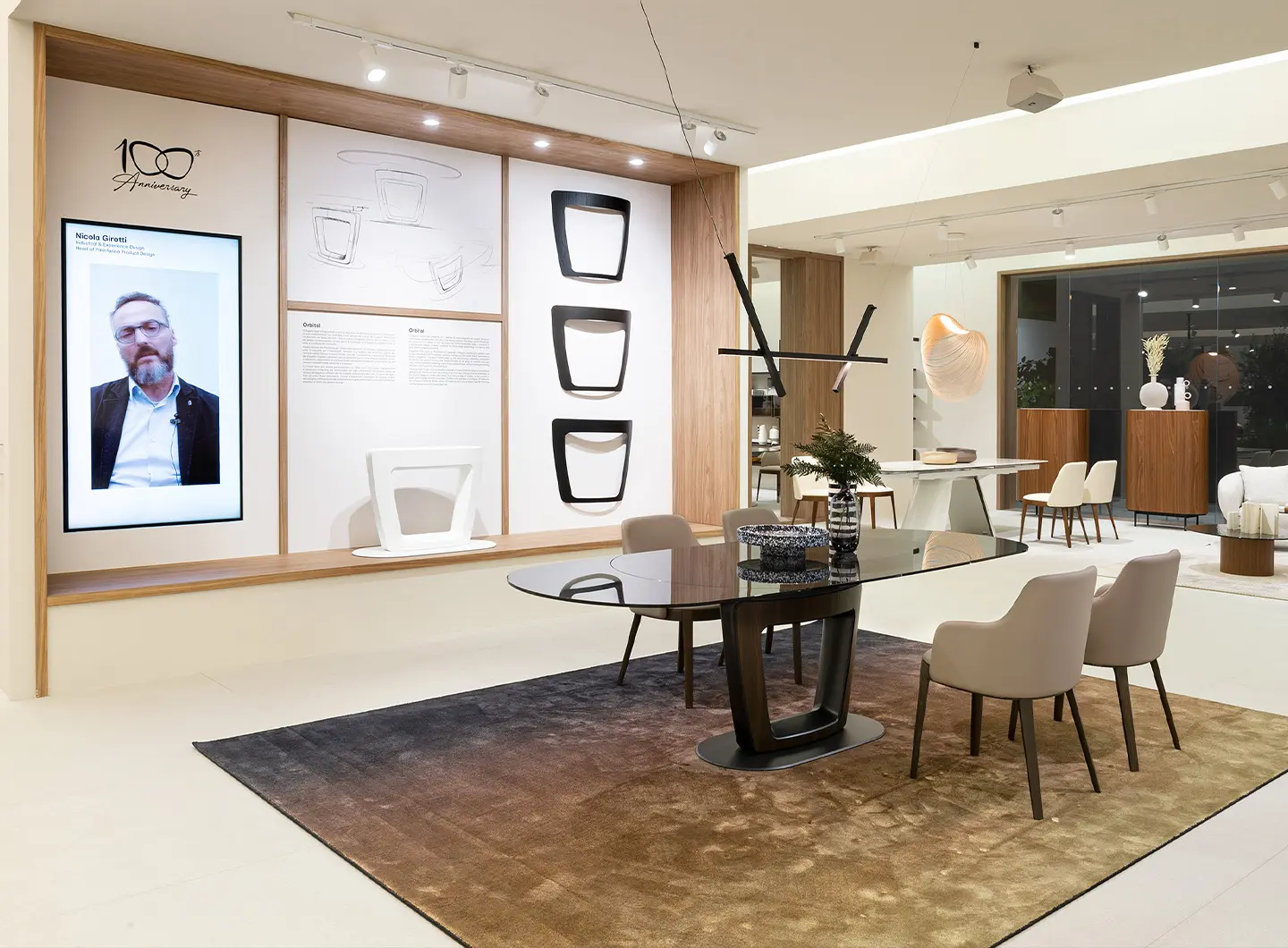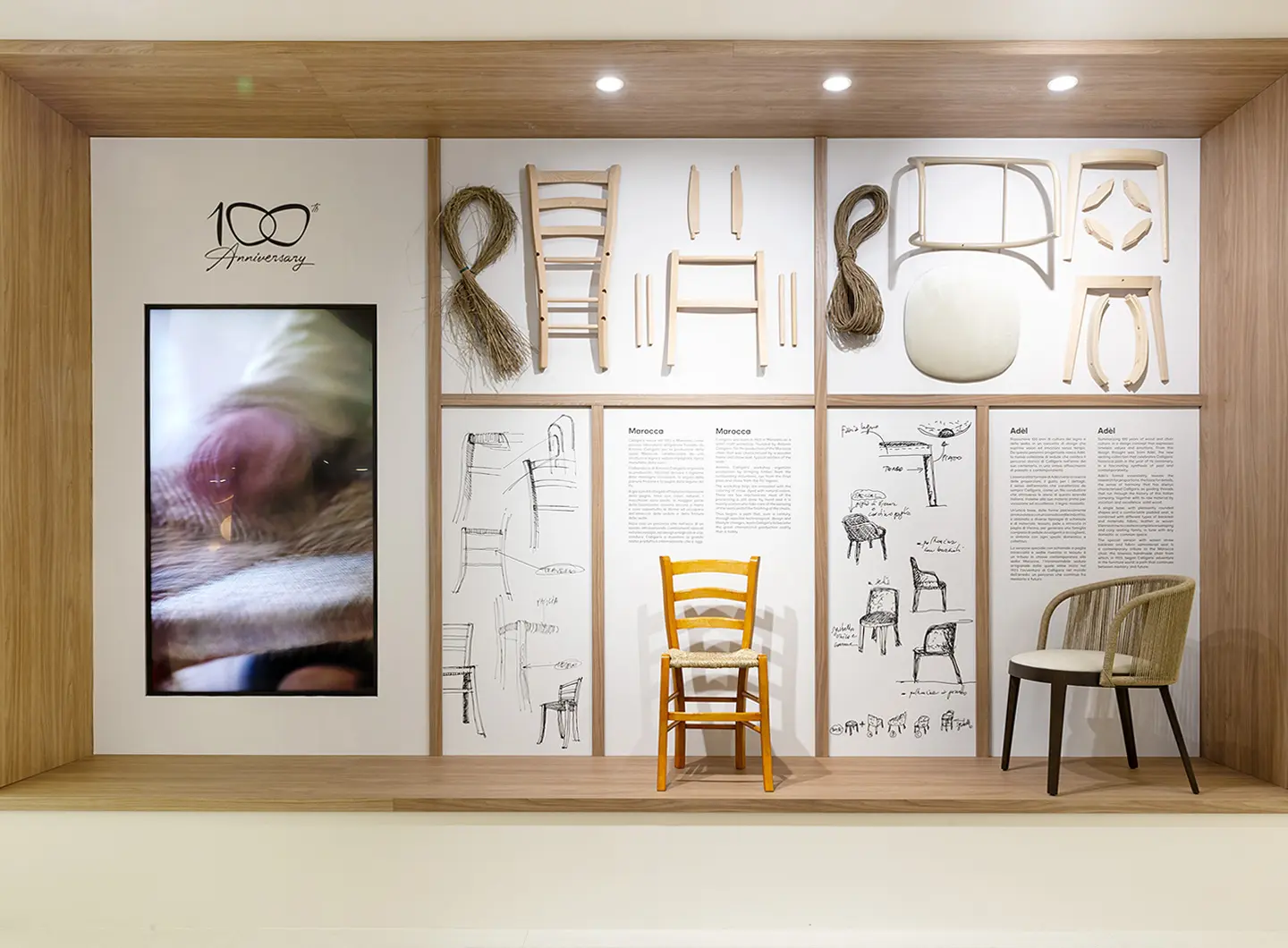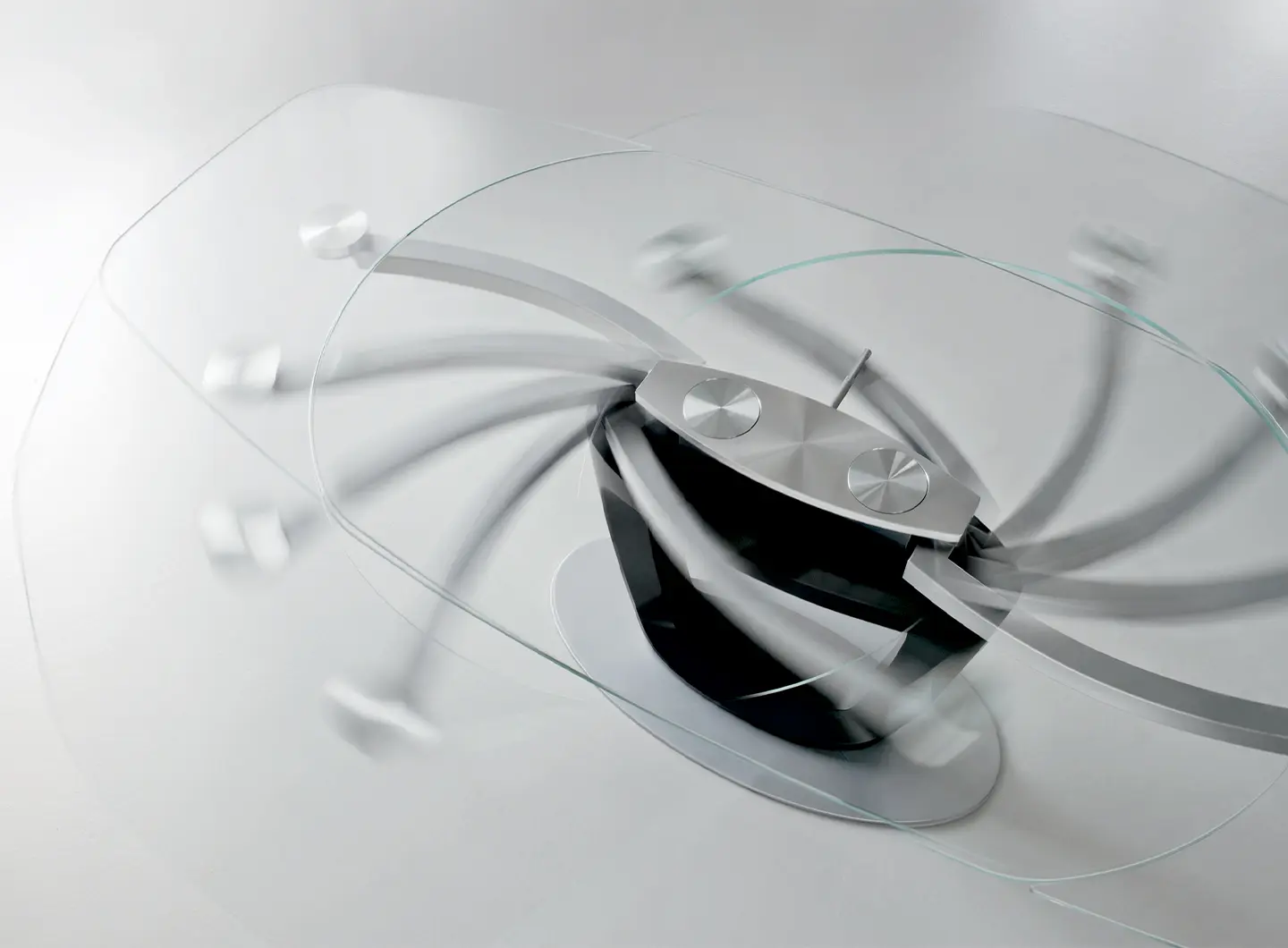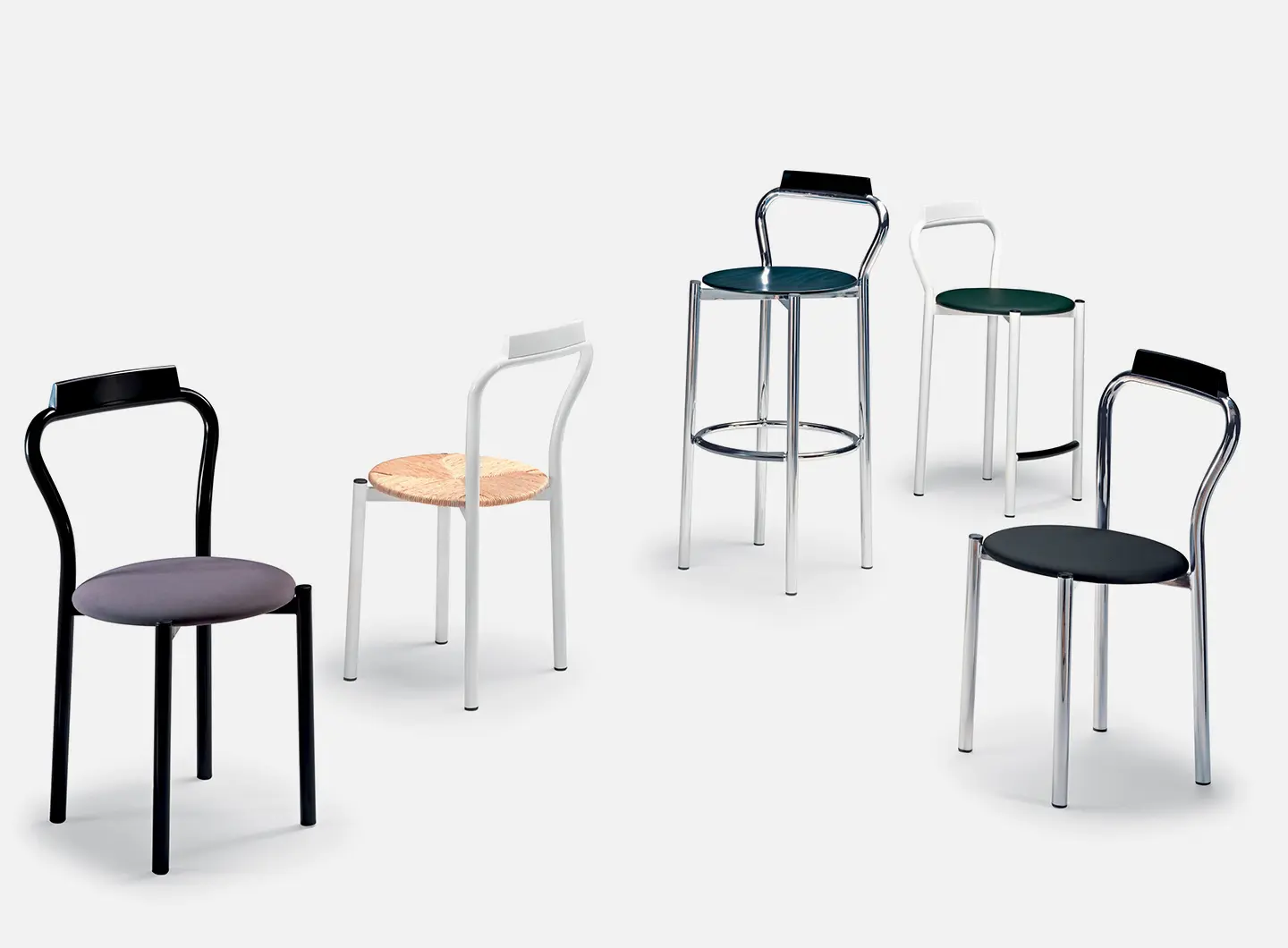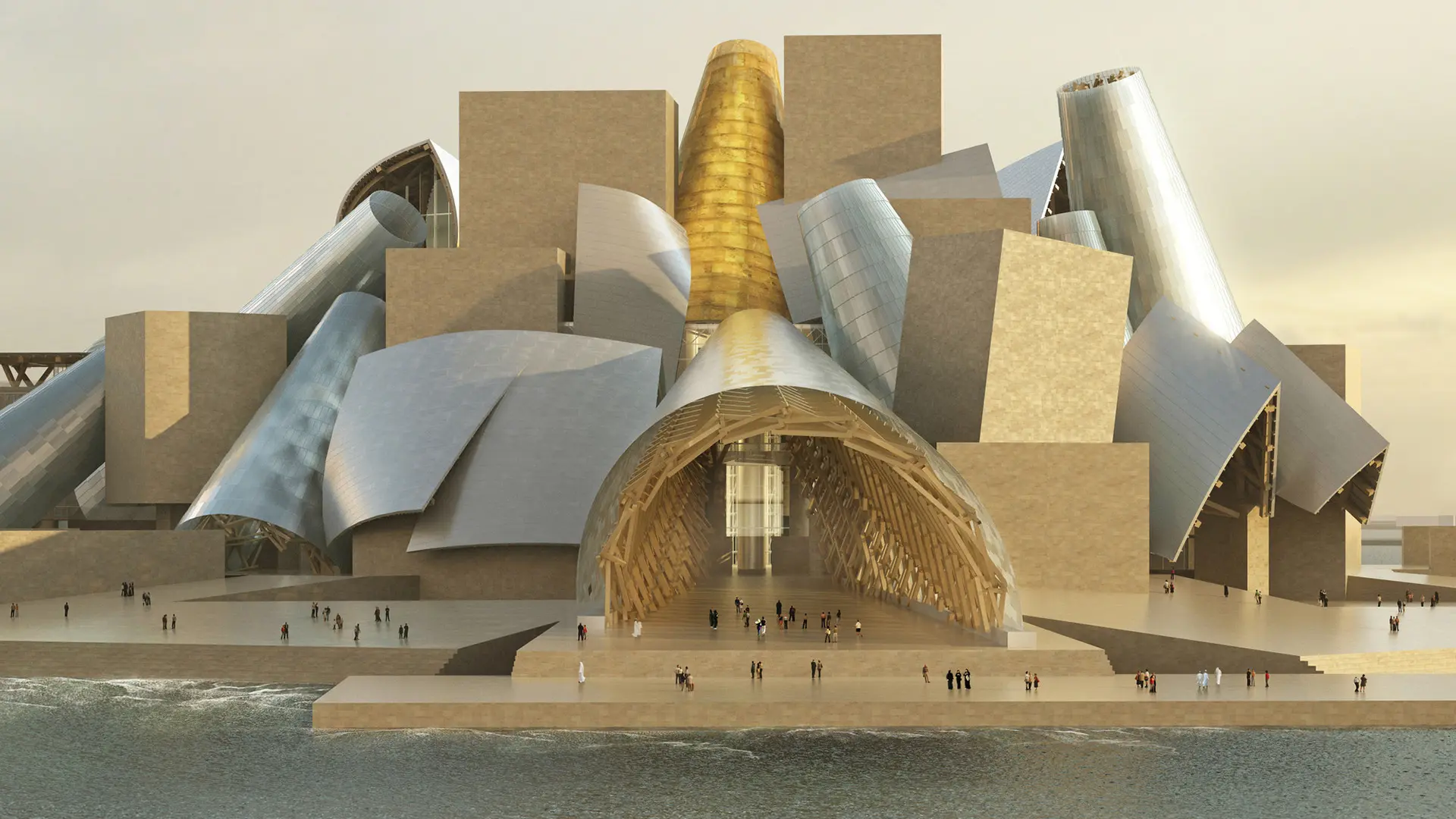From BIG to David Chipperfield, Frank Gehry to Snøhetta: a world tour of the best buildings set to open in 2026
Let the product and quality do the talking. The century of Calligaris
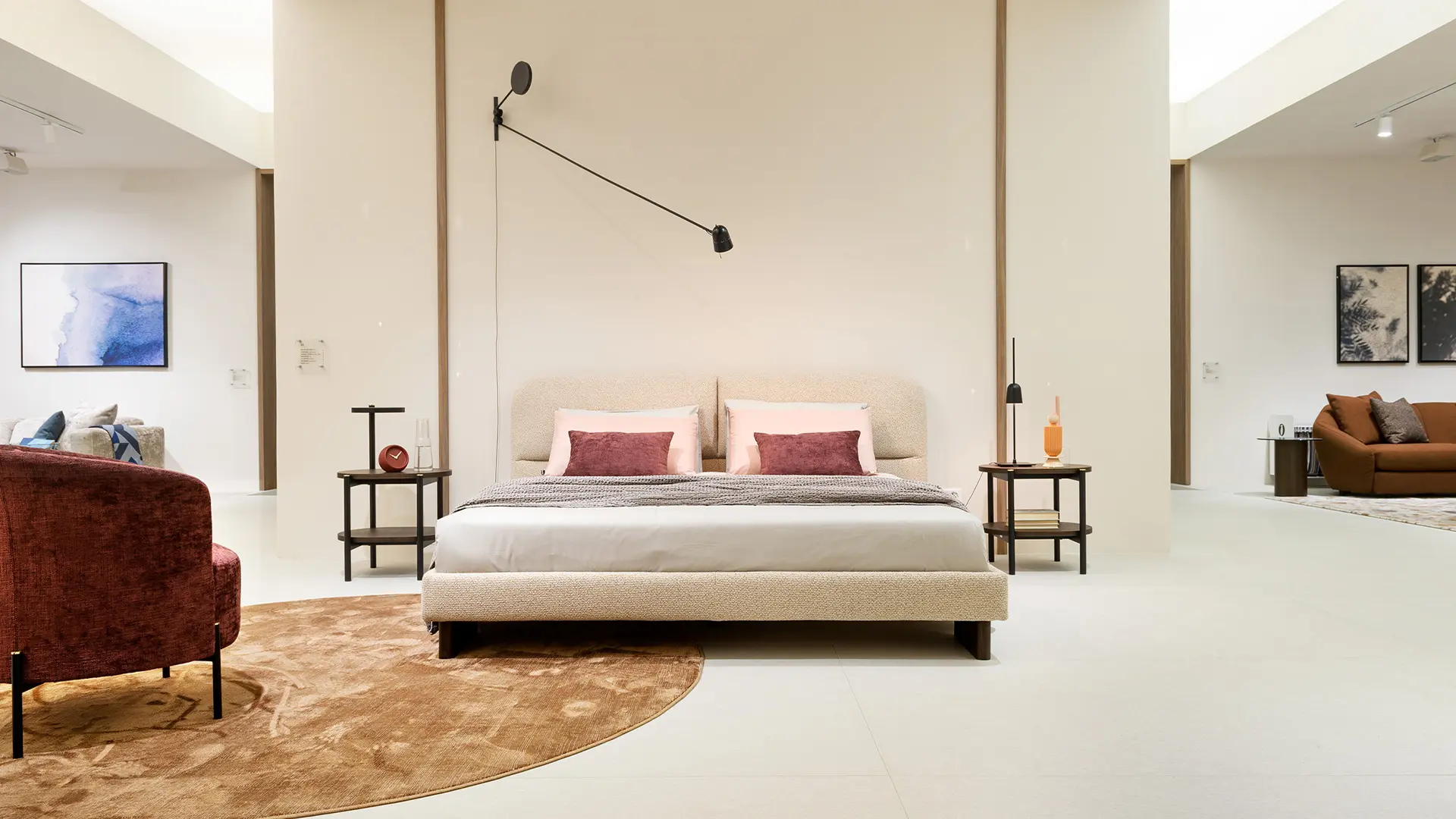
Calligaris, Stand, Salone.Milano 2023
“We couldn't be happier with this historic milestone and, with our values, we’ll continue to write further chapters of the innovation and service that have always distinguished us.” Conversation with President Alessandro Calligaris and Nicola Girotti, Head of Product Design Pininfarina
A story that began in 1923 at Manzano, a town in the province of Udine in Italy, when Antonio Calligaris founded a small workshop where the timeless Marocca chair was created. Today Calligaris boasts 100 years of tradition and craftsmanship and is celebrating them with the reissue of the Orbital table designed by Pininfarina in 2011.
Alessandro Calligaris: Innovation has always been one of the pillars of the company. We’re always on the lookout for innovation in both materials - just think of our new fabrics derived from recycled PET or ceramic table tops combined with glass - and projects. We’re among the companies most widely recognized for the different extension systems of our tables. Even historically we have distinguished ourselves by our ability to innovate. And though we started with a single product in a single material, we slowly expanded the catalogue, offering different products - first of all the table, and then continuing with padded furnishings and accessories - in different materials, from plastic to glass as well as all fabrics.
Nicola Girotti: To celebrate its first 100 years, Calligaris wanted to revisit some of the most representative products in its range. The Orbital table is certainly among the most iconic pieces in the company's history. Designed in 2011, it received the prestigious Interior Innovation Award the following year. Returning to the project and studying the restyling was a natural process.
N.G: The company's aim was to revisit some iconic products for its centennial, making them more timely without distorting their identity. The approach we followed in restyling was to make the object more contemporary and customizable. The new Orbital is the outcome of a process of rationalizing the lines. The forms are lighter, while expanding the surface area of the top enhances the uniqueness of the technologically advanced automatic extension mechanism.
A.C: Since the 80s we have started to introduce other materials, but I have to say that wood is always our distinctive feature, and I felt the need to add tables to the chairs. From this all the other categories gradually arrived.
A.C: For me the company was an opportunity to grow, and we grew together. Since I joined I’ve tried to expand the sale of products in new markets by interpreting the tastes and needs of the market. Taking part in many fairs around the world has enabled me to develop, while our roots remain firmly embedded.
A.C: We’re organized with a style office that works with a number of external designers. My idea has always been not to choose starchitects but to let the product and quality speak for themselves.
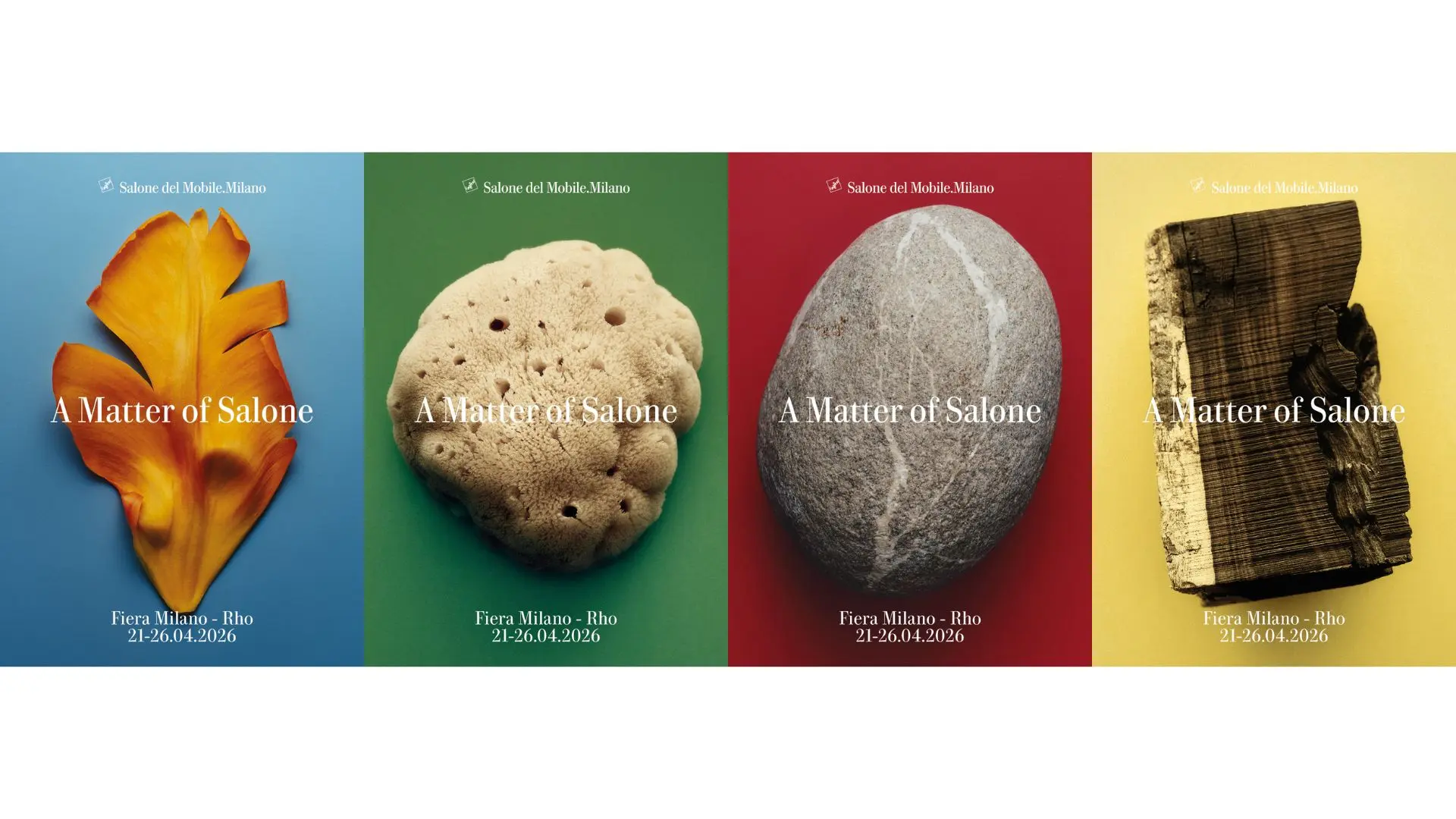
A Matter of Salone: the new Salone communication campaign
From a reflection on humans to matter as meaning: the new Salone communication campaign explores the physical and symbolic origins of design, a visual narration made up of different perspectives, united by a common idea of transformation and genesis

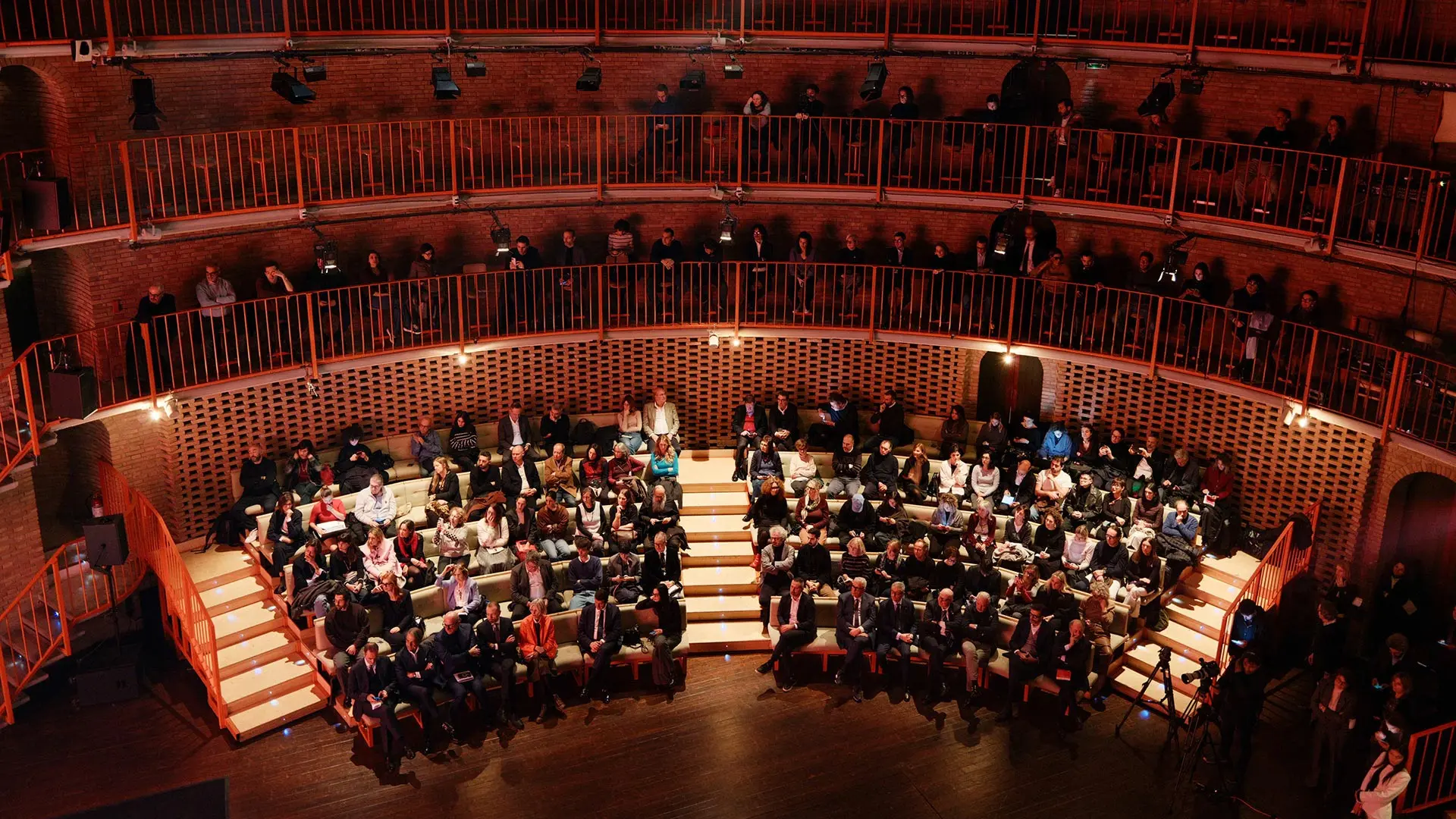
Salone 2025 Report: The Numbers of a Global Event
Data, analyses, and economic, urban, and cultural impacts. The second edition of Salone del Mobile’s “Milan Design (Eco) System” Annual Report takes stock of a unique event and consolidates the fair’s role as the driving force behind Milan as the international capital of design



 Stories
Stories
